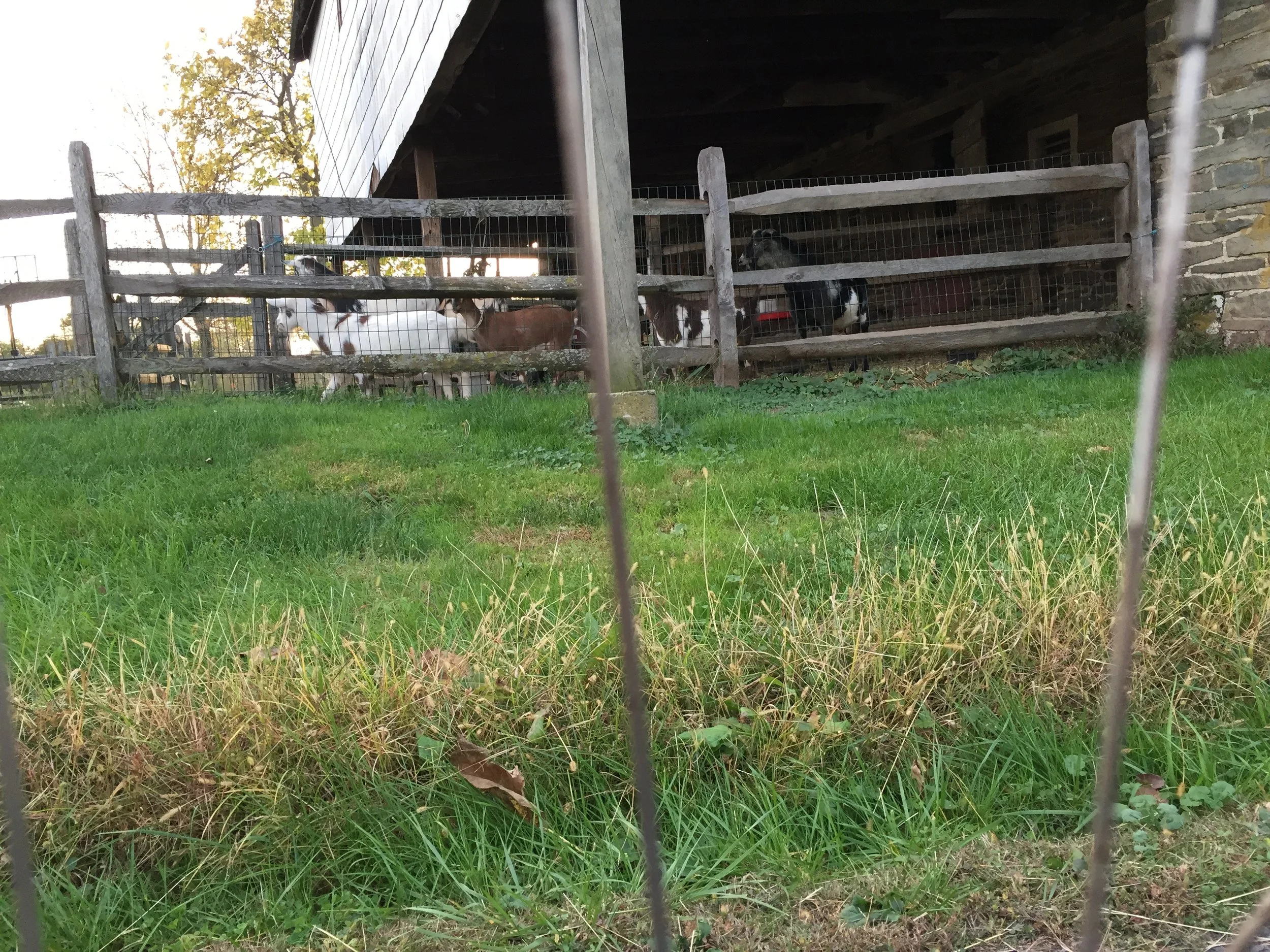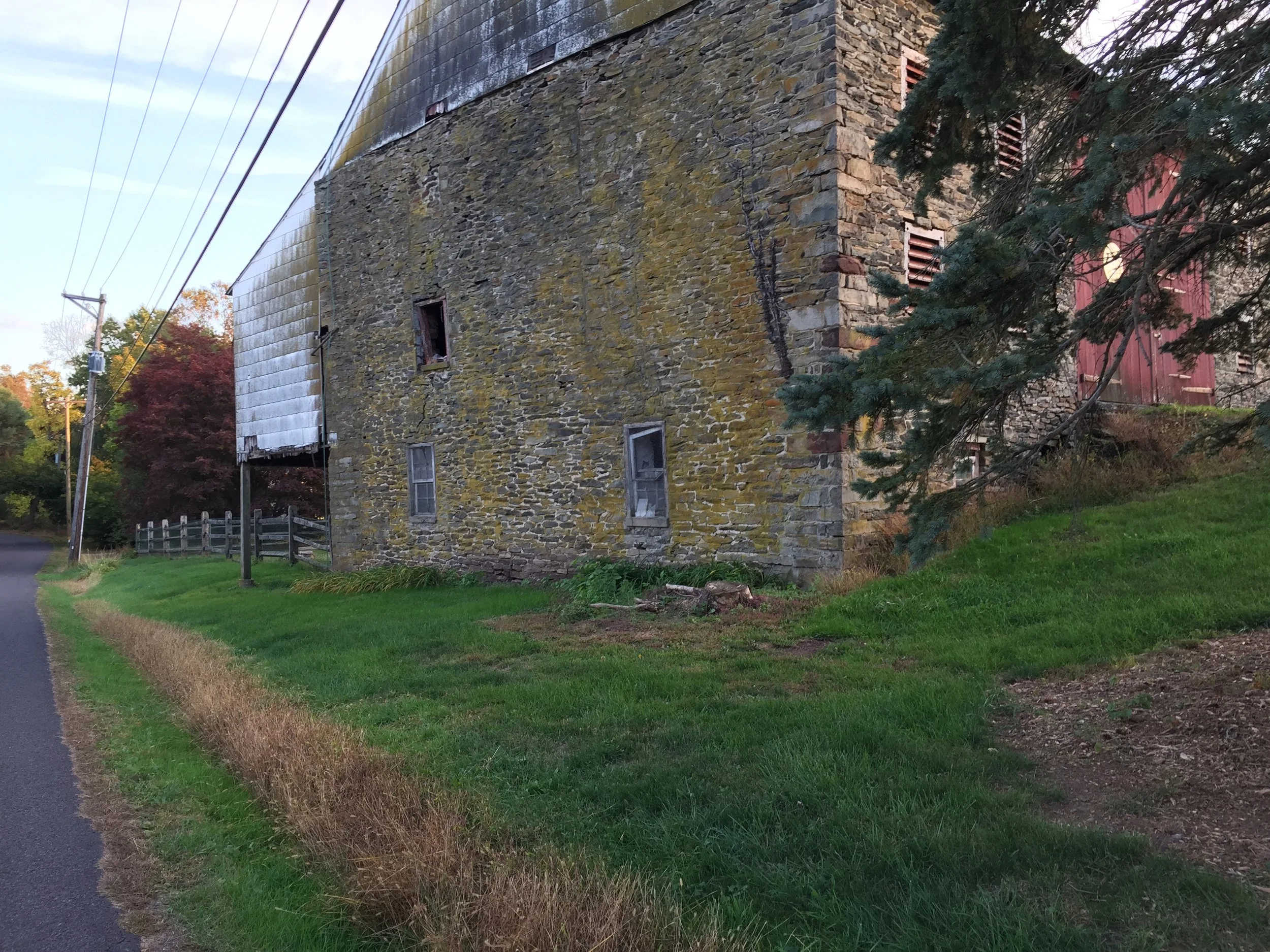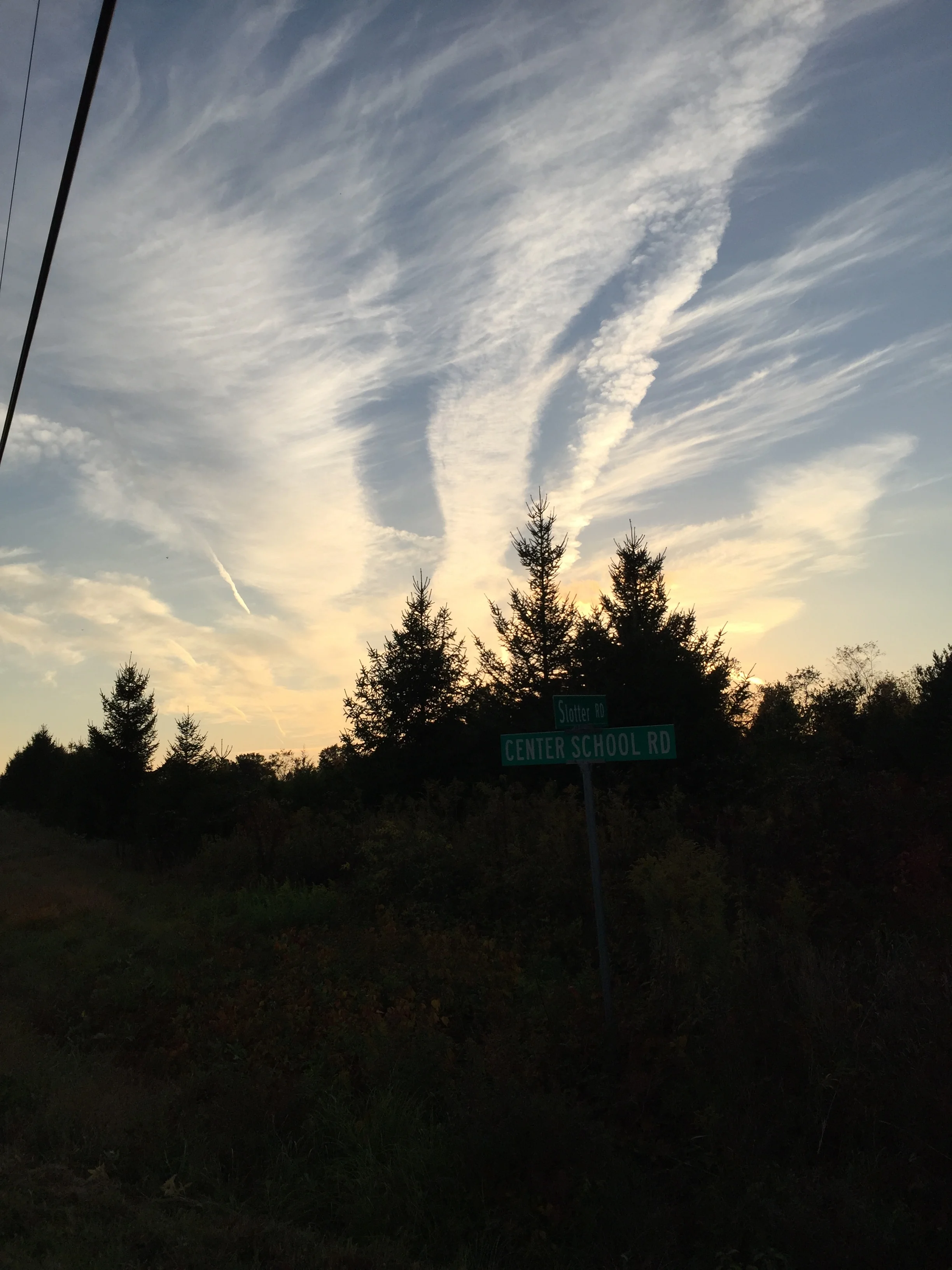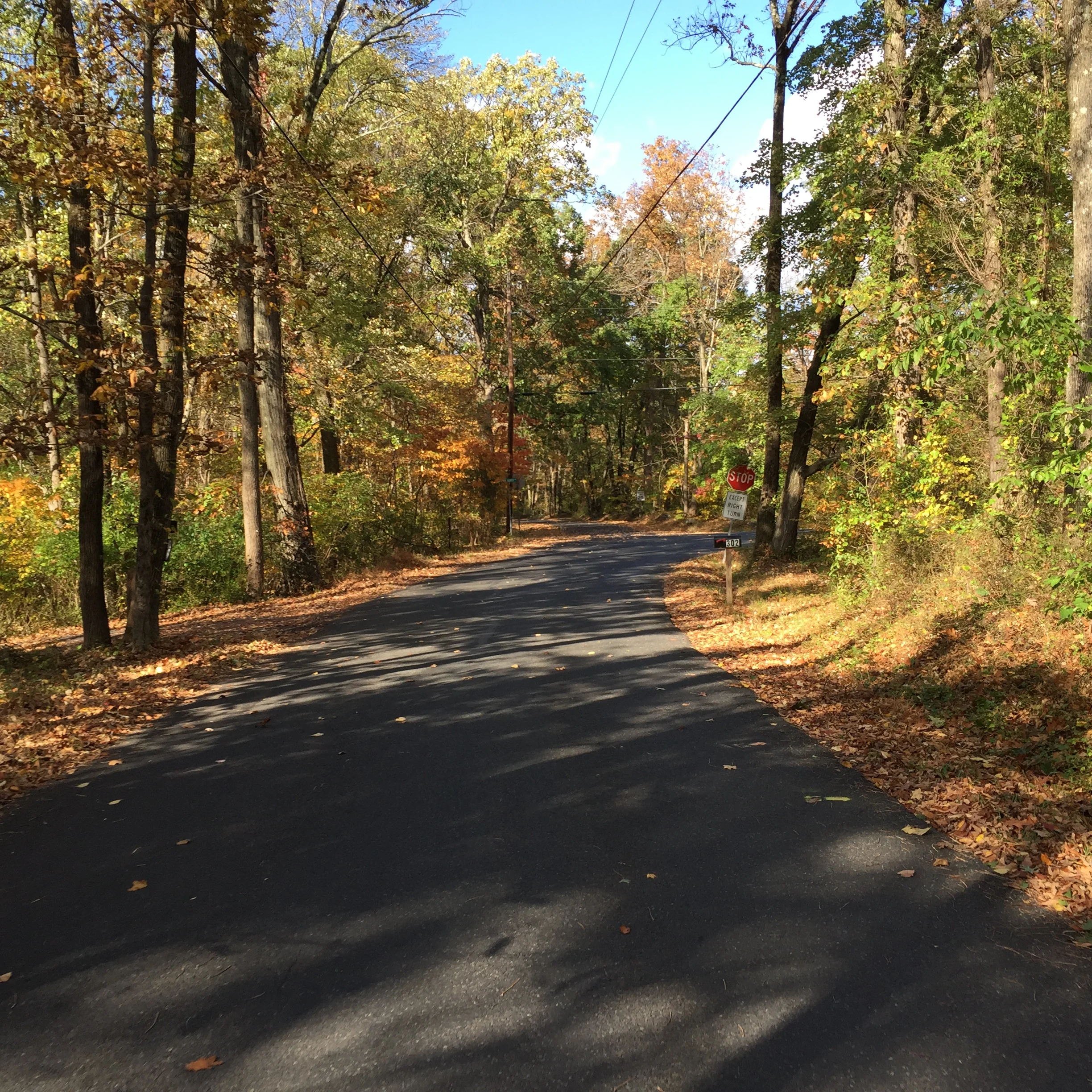Rides We Like: An Indian Summer Outing
(2016) According to the interwebs, the term “Indian Summer” has its earliest use as credited to a French farmer, J. H. St. John de Crèvecoeur, who plied the fields of the Hudson Valley. He wrote in Letters from an American Farmer, “… the severe frost is often preceded by a short interval of smoke and mildness, called the Indian Summer.” So far as anyone knows, from that first usage in 1790, the term Indian Summer is understood as an interval of hot, dry weather in late fall. From the future land of Washington Irving, the phrase slowly spread to surrounding areas and to nearby lexicon. Despite its derogatory reference ‘Indian,’ most eastern Americans and Canadians know what one means when using a two-word phrase to describe a warm spell in October.
Curiously, the term appears to possess no reasonable explanation as to why the word ‘Indian’ takes up half the phrase. That argument alone should suffice in the efforts to change its usage.
Whatever the name, a warm, dry spell in October is exactly what this area has had in the past week. Despite concerns for a drought-driven brownish fall, the hardwood forests of New England, New York, and Greater Appalachian regions are reporting wildly fantastic color displays. Just this area alone has witnessed a drastic color explosion in the past week. It is truly a convincing argument to get one out on the bike.
A stone- walled barn on Slotter Road.
I wasn’t the only one. On my short jaunt I saw no fewer than four cyclists over a miniscule twelve-mile course. Each rider was certainly looking around to admire the views.
I purposely chose a route that dabbled with quintessential northeastern views. There were old barns surrounded by fiery orange maples. The complementary tan cornfields appeared to glow in the setting sun’s reflection. The color of the road went from gray to a softish blue explaining why photos became so remarkable. Even the sun’s low level light was greeted with enthusiasm; the fall season is trying to make its proper appearance.
Fall sunsets streaked with contrails and thin clouds.
Then there were the examples of human fall standards. Pickup trucks were parked in harvested fields signifying the early portions of hunting season. Farming equipment was being moved into place to begin the taking any remaining crops. The breaks in the tree lines revealed contrails of transatlantic flights heading their way westward.
The body does strange things during these surprisingly warm days. After days of cool fall temperatures, the return of high eighty degree days makes sweat occur easier it seems. There is a certain level of discomfort when returning to heat. At least the road isn’t trying to microwave a rider at this point of the year. Often, the clouds of bugs could be heard clinking off the sunglasses and helmet. It's best to ride with a closed mouth. They stuck to the jersey and arm sweat. It wouldn’t be the first time bugs struggled to get out of the facial stubble. I was also glad to get at least one more use out of the Rapha Lightweight line before stowing it away.
After researching the entomology of Indian Summer, I found a page that suggested a replacement for the term. There are suggestions for the Dutch word nazomer, meaning ‘late summer.’ One other attractive replacement is ‘badger summer.’ That could imply shave brushes; or since this is a cycling website first and foremost, it could suggest Hinault on each dry fall day. I’m sold on finding a replacement for the term. Especially if ‘Hinault Summer’ becomes a thing and I see more and more cyclists sneaking out for a weeknight ride feeling grateful the arm and knee warmers stay rolled up in the drawer for one more day.
Laskow, Sarah. "Let's Choose a New Name for 'Indian Summer'" Atlas Obscura. N.p., n.d. Web. 19 Oct. 2016.






